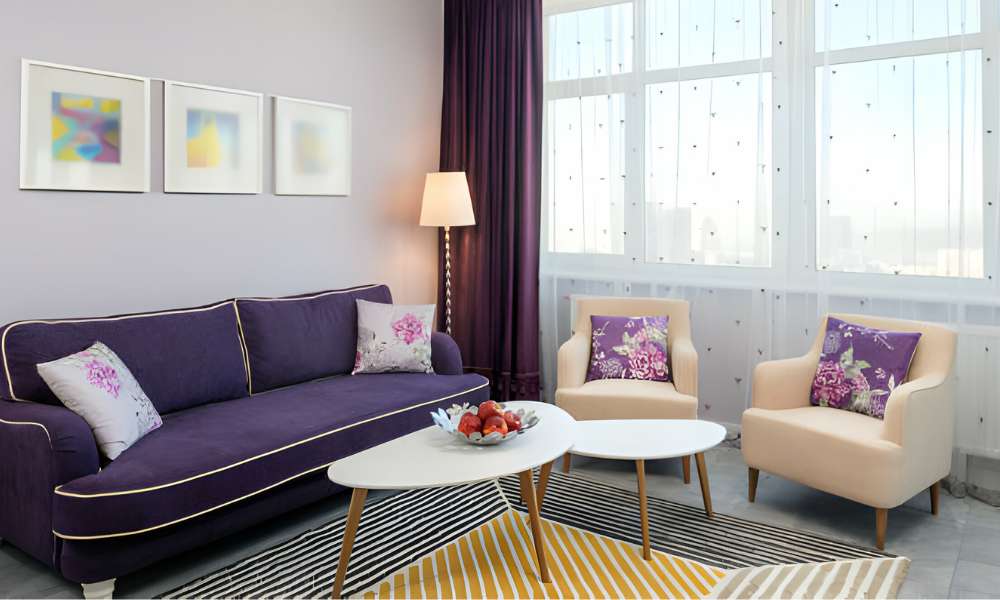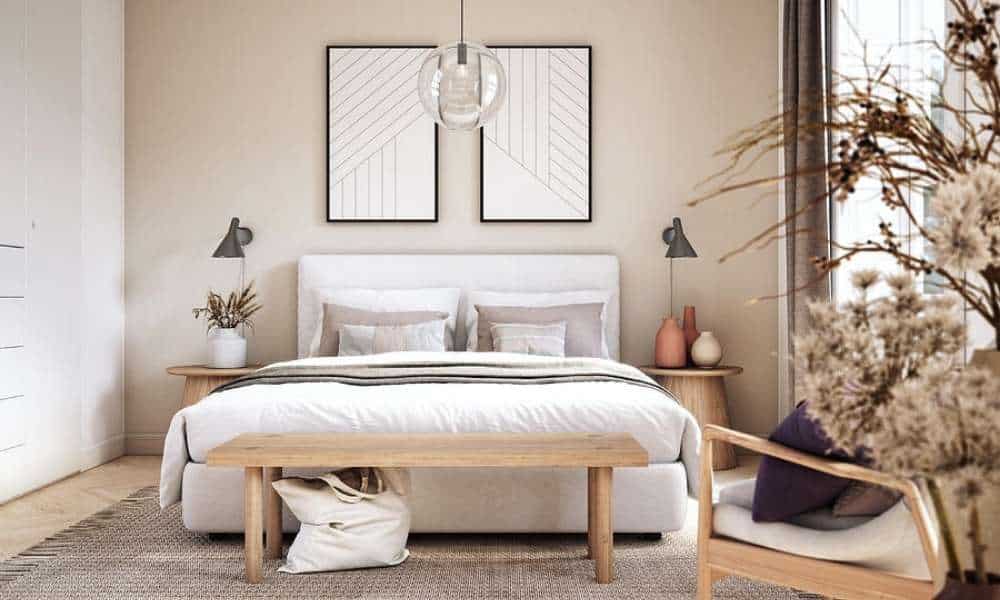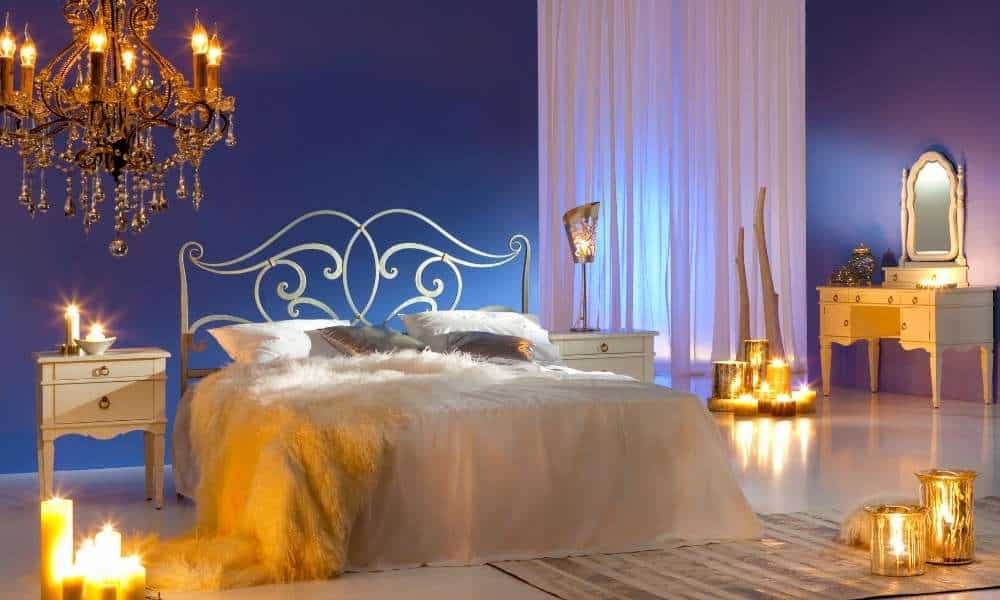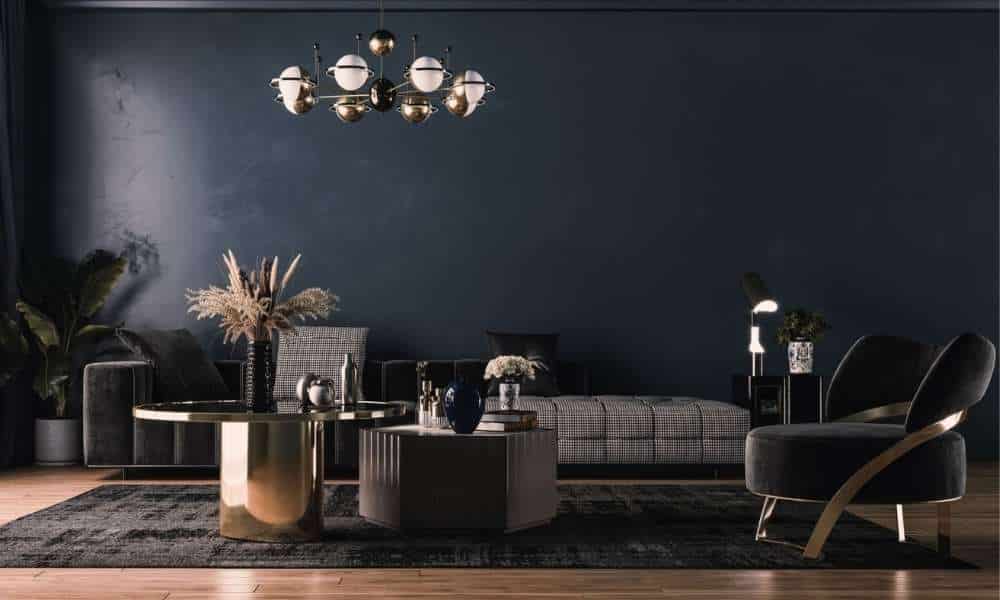Embark on a transformative journey as we unravel the art of elevating your living room through the captivating practice of rug layering. Discover the seamless fusion of textures, colors, and patterns that can turn your space into a haven of comfort and style. In this guide on “How to Layer Rugs in the Living Room,” we navigate through the intricacies of selecting sizes, balancing furniture, and creating visual zones. Join us in redefining your living space with this engaging and visually enchanting approach to interior design.
Purpose of layering rugs
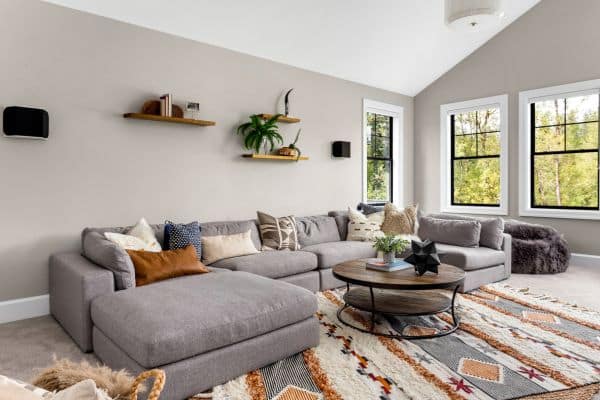
Layering rugs in your living room is more than a design choice; it serves a distinct purpose. By strategically placing rugs, you can define and highlight specific areas, creating visual interest and delineating functional zones within the space. This not only enhances the overall aesthetic but also contributes to a well-organized and harmonious living environment.
Selecting the Right Rug Sizes
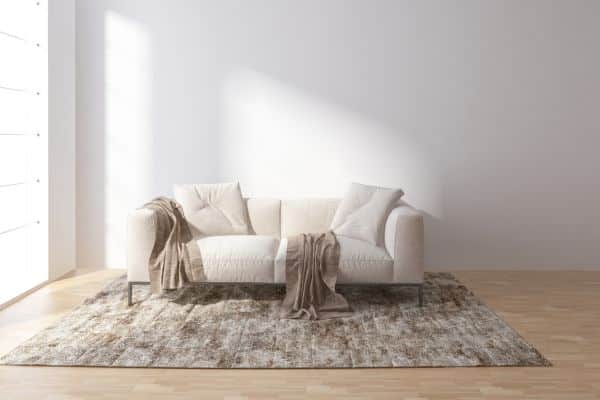
When it comes to achieving the perfect layered look, selecting the right rug sizes is crucial. Begin with a base rug that anchors the room, ensuring it complements the size of your furniture and the overall dimensions of the space. Additional layers should harmonize with the base, creating a cohesive and balanced arrangement that adds depth and dimension to the room.
Color and Pattern Coordination

Color and pattern coordination play a pivotal role in the success of rug layering. Choose hues that complement the existing color palette of your bedroom, creating a seamless blend that ties the elements together. Introduce patterns thoughtfully, considering the existing decor, to avoid overwhelming the space. A well-coordinated color and pattern scheme will transform into a visually captivating and unified haven, elevating its overall appeal.
Texture Variation for Depth
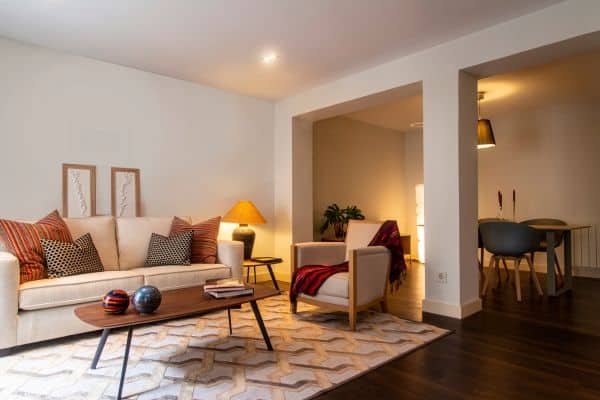
To infuse depth into your layered rug design, embrace texture variation. Incorporate rugs with different textures to create a sensory experience, adding a tactile dimension to your living room. This interplay of textures not only enhances visual appeal but also brings a dynamic quality to the space, making it more inviting and intriguing.
Placement Strategies
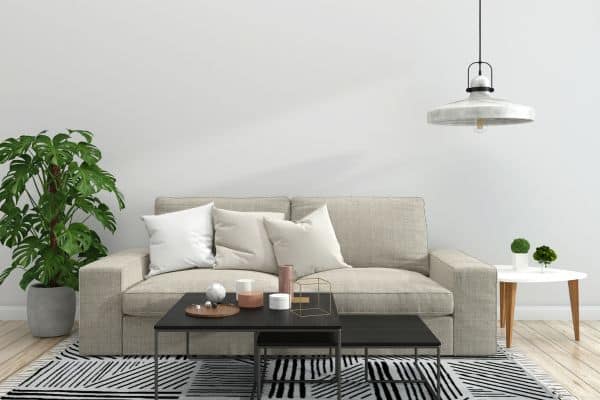
Strategic placement is key to mastering the art of rug layering. Begin with the primary rug as the anchor, positioning it to define the central area or seating arrangement. Additional rugs can be strategically placed to delineate specific zones or add emphasis to certain furniture pieces. Thoughtful placement ensures a harmonious flow, contributing to a well-organized and visually pleasing bedroom layout.
Balancing Furniture with Rugs
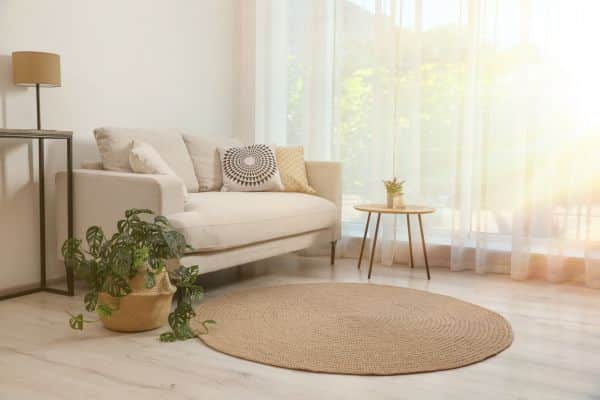
Achieving balance between furniture and rugs is a crucial aspect of successful layering. Ensure that the rugs extend beyond the furniture, providing a cohesive connection between the elements. Balancing proportions is essential, preventing the rugs from overpowering or dwarfing the furniture. This careful equilibrium contributes to a polished and well-designed sitting room, where every element complements and enhances the overall aesthetic.
Creating Zones with Rugs
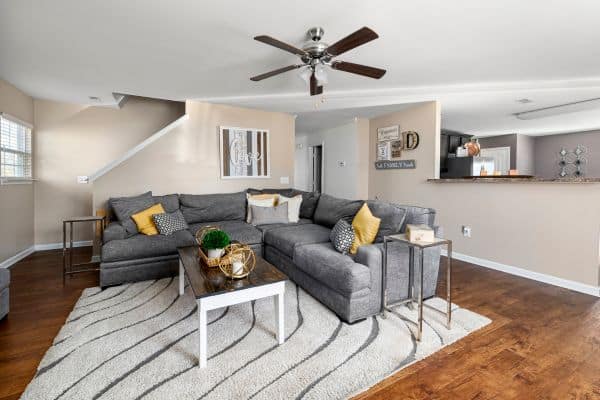
Transform your living room into a versatile and organized space by creating distinct zones with rugs. Strategically position rugs to delineate functional areas, such as a reading nook or conversation space. This zoning not only adds visual interest but also enhances the practicality and purpose of each section, making your sitting room a multifunctional haven.
Layering Different Rug Types
Experiment with layering different types of rugs to elevate your design. Combine materials, patterns, and styles to create a dynamic and visually appealing composition. Mixing textures and rug types adds complexity and richness, contributing to a more personalized and unique atmosphere in your living room.
Maintaining Practicality
While indulging in creative layering, it’s crucial to maintain practicality. Choose rugs that are easy to clean and durable, especially in high-traffic areas. Practicality ensures longevity and ease of maintenance, preserving the beauty of your layered rug design over time.
Final Styling Tips
As you approach the final styling touches, consider adding rug accessories like non-slip pads or rug tape to secure layers in place. Fine-tune the overall aesthetic by incorporating elements that complement your layered rug design. These final styling tips add polish and cohesion, completing the transformation of your living room into a harmonious and visually captivating space.
Conclusion
Mastering the art of layering rugs in your living room unveils a realm of design possibilities. Beyond mere aesthetics, each layer serves a purpose, defining zones and creating a harmonious, inviting atmosphere. From selecting the right sizes to coordinating colors, textures, and patterns, the process is a meticulous dance that transforms a space into a personalized haven. As you embrace practicality, balance, and creative expression, discover the transformative power of layered rugs in crafting a sitting room that reflects both style and functionality.
